Allô! 👋
Welcome (back) to good food at home, the monthly-ish newsletter featuring simple, seasonal, and sustainable meals, tips, and ideas. For more recipes, cooking Q&As + access to the full archive, consider joining the community of readers who support the newsletter by also subscribing to seasonal sundays, the supplement that focuses on fresh produce at its peak!
The pears, soft and yielding, are ready to fall. Pumpkins sit, plump and proud, nestled in their earthy beds. Nights have crept from cool to cold, and, all the while, early mornings grow darker still.
Pause. Breathe. Notice. In the flurry of life, it’s easy to let the world slip past without a glance.
In city parks, chestnuts fall, forming a dappled carpet underfoot; while in the woods, mushrooms quietly multiply, softly adding to an ever-glistening tapestry of fallen leaves, mossy growths, and dewy spiders’ webs.
The season has turned, and with it, the world is painted in deep, glowing reds, burnished oranges, and warm, mellow browns.
Early fall, in all its ripe and rustling glory, has arrived.
Poetic musings aside — I can hardly believe how quickly September has flown by. Every year, it seems as though we all experience a collective rush as we near the end of the calendar months, whereas early on, at the start of the twelve month parade, it feels as though time timidly trickles in slow-motion.
In a way, it’s a little like being a kid in January, where one minute can sometimes feel like it has stretched to fill an hour; and by the time we’re old and grey in December, an entire month seems to zip by as quickly as a speeding minute.

It’s a phenomenon all too common to anyone who has lived long enough to experience at least a couple of decades*: time never ceases to feel like it is slipping by, faster and faster with each passing year.
Time always seems to slow down, however, when going out for adventures or stepping out of the familiar humdrum of routine. Indeed, research suggests that seeking novel experiences could be the key to making time pass more slowly.
Another trick is to pay full attention†. Embracing the fullness of time — being present, moment to moment. (If you want to test this out, sit in front of a clock for a minute, and focus your mind onto the clock face the whole time. Not only will this likely be an unusual activity for you, but, by giving the clock your full attention, you’ll probably be surprised by just how long sixty seconds can feel.) Similarly, memorable moments seem to last longer than ones we are quick to forget: something which we can, to some extent, control by choosing when to give undivided attention.
So, if you don’t want your cosy autumn months to whizz by, but instead intend to savour them, let this be a motivation for the coming months: find a way to step out of your habits and routines, seek novelty and adventure (which can be as simple as using a new route on your way home), and, most of all, pay attention. Embrace the fullness of time. Treasure the trivial. Find beauty in the little things. Make your moments memorable. After all, this is the only time we’ll ever have this time again.
In this September issue of good food at home, in addition to a quick overview of which foods are coming into season (plus ideas for enjoying them), you'll find some recipe inspiration from the newsletter and website, as well as a new porridge recipe (one for helping to slow down the everyday), and — as always — a few parting links as food for thought.
I hope you’ll enjoy!
Wishing you all a delectable (and memorable) October ahead,
👋simone
*more on that here
†more on this there
P.S. Like the newsletter? Give it a ❤️ to help it grow!
it’s early autumn: what’s in season?
🌰
Ah, fall cooking. The start of a long season of transforming tough roots, sturdy brassicas, and robust gourds into soft, gentle, and comforting dishes — all thanks to the generous application of warming spices, rich broths, and savoury sauces (something which, admittedly, by the end of February, can get to be a little ho-hum).
While some people refer to this time of year as "the start of brown food season", I like to think that it can easily be the opposite: indeed, vividly orange winter squashes, deep red and pink and golden beets, silvery green brassicas, snow white parsnips and cotton-hued chicories, as well as delicately pale celery, cauliflower and quince all seem to challenge the notion.
Be that as it may, there's absolutely nothing inherently wrong with brown foods. In fact, below are some ideas for meals of all colours to help you celebrate and make the most of fresh seasonal produce this fall:
Mushrooms 🍄 Although you can find button mushrooms grown indoors year-round, you'll want to be keeping an eye out for the forest-foraged varieties at this time of year. Their unique textures make them great flavour-sponges, as well as the perfect substitute in any dish where you might be otherwise tempted to cook some meat. Pair well with: cream, garlic, miso, white wine, thyme, soy sauce, black pepper
Swiss chard, beetroot, spinach & other beet relatives: Now is really the time for these vegetables to shine, when they're still crisp and it's early enough in the year to enjoy their dark leafy greens at their freshest; roast them, sauté them, savour them raw! No matter how you choose to enjoy them, you're bound to feel delightfully nourished once you've absorbed their colourful goodness. Pair well with: balsamic vinegar, goat cheese, rosemary, barley, hazelnuts, nutmeg, currants
Apples, pears & quinces 🍎 Though raw apples and pears make great fuss-free snacks, cooking them — as well as quinces — opens up a whole new world of flavour. These bake beautifully into crumbles or cakes, are fantastic poached in spiced wine for dessert, and will balance roasted meats and various cheeses with ease and flair. Pair well with: pork, red wine, cinnamon, thyme, brie
Celery, onions & leeks: Each is fantastic alone in its own right, but together they can work magic in the shadows to make other ingredients shine. Dice finely and soften in a bit of fat as a base for nearly any savoury dish, or braise whole in a rich flavoursome broth, and you're practically guaranteed to have a nice meal. Pair well with: garlic, white wine, bay leaves, mustard, chicken broth, white beans
Winter squashes & pumpkins 🎃 Excellent roasted with nothing but a lick of oil and a sprinkling of salt, you'll want to put these in your soups and salads and rice dishes and pasta meals too. Have extra time on your hands? Try roasting the seeds (or not) and shelling them (or not) for a nourishing snack, tasty garnish and/or crunchy topping. Pair well with: sage, feta, coconut, curry spices, apple, cinnamon, whole grains
Brussels sprouts, bok choy, kohlrabi & other cabbages: Easily overcooked by many, you'll want to steer clear from boiling them for hours on end (though a slow braise is often welcome). Best sautéed, roasted or tossed raw through acid until their inner stem is tender and their exterior leaves are vibrant or crisp. Pair well with: bacon, balsamic vinegar, orange, garlic, mashed potatoes, cranberries/lingonberries
Cauliflower, broccoli & other flowering brassicas 🥦 Much like their fellow brassicas above, you don't want to overcook the flavour and texture out of these wonderful veg. Consider sautéing on high heat, adding to a cheesy, creamy gratin, or adding raw to salads. From rapini to romanesco broccoli, these come in a wide variety of colours, shapes and sizes so try to find and enjoy as many as you can. Pair well with: ginger, chilies, cheddar, sesame oil, tahini, almonds, lemon
Chicories & other bitter leafy things: Even though summer's gone, the days of beautiful bountiful salads have yet to leave us. From radicchio to endive, and escarole to frisée, you would be quickly forgiven for wanting to eat these every single day. Pair well with: wine vinegar, shallots, olive oil, chives, mustard, dill, walnuts, pears, goat cheese
Carrots, parsnip, celeriac, rutabaga & other "roots" 🥕 These starchy fellows all make excellent mashes (and will undoubtedly give a much-needed boost to any plain mashed potatoes). Consider slow-roasting for at least an hour or so, basting in butter and their own sweet juices as you go, to achieve something caramelised and tender and worthy of being the star of any meal. Pair well with: butter, parsley, apples, coriander, fennel, hake and trout
Rosemary, sage, thyme & other hard, woody herbs 🌿 They look great. They taste great. They're great for you. This is just a friendly reminder that having fresh, dried or frozen herbs in and around the kitchen is never not a great idea. Pair well with: pretty much anything, as long as you're creative
One final note: early fall marks the harvest season! A short window of time to preserve summer's bounty, in more ways than one. So, more so now than at any other time of year, I hope you’ll let this transitional season be an opportunity to try your hand at something new, memorable, and adventurous like making your own ferments, preserves, and dried stores of all kinds while the harvest's still fresh.
early fall recipes 🍂
Speaking of transitions, I don't know about you, but I've still got access to a(n admittedly) decreasing supply of locally grown tomatoes, eggplants, zucchini, sweet peppers and hot peppers, plums, beans and corn. Their season is drawing to an end but it isn't quiiiite over yet — and I fully intend to make the most of it while I still can.
Whether you're in the same boat or have already sailed onto more autumnal seas, I hope you'll find some inspiration in these seasonally-appropriate recipes from the newsletter and website. (Recipes marked with a 👋+ are for paid subscribers only, though each paid post contains content available for all to read!).
a sesame, fig & walnut loaf 🍞
Do you like fresh figs? Walnuts? Cinnamon raisin bread? Baking with sourdough? Yeah, this recipe’s for you. Tips inside for opening walnuts in their shells too.
creamy chanterelle & broccoli tagliatelle 🥦
Chanterelles, broccoli, garlic, butter, pasta — what’s not to like? A go-to classic in my household every late summer and early fall.
cinnamon date butter ✨
A quick and easy recipe for a sweetly spiced compound butter — delightful for schmearing on toast, melting over porridge, or simply making your day a little bit brighter.
pear & hazelnut chocolate cake 🍫
I developed this recipe in the spring using storage winter pears and autumn hazelnuts, but if there ever a prime time to make it, I’d say early fall was pretty much the best season.
a chickpea noodle soup 🍲
Back to school + back to work + cooler weather = everyone is getting sick. A twist on a familiar favourite, this recipe’s got your back for helping you (and those you love to cook for) get back on track.
...and more:
cinnamon baked pears
buckwheat pancakes
warmly spiced peanut stew
parsnip & apple soup
slow-cooked lentil bolognese
a simple porridge recipe 🥣
Almost like clockwork, my craving for tomato toast breakfasts switched to a longing for porridge just a few days shy of autumn’s first sunrise. I’ve been having porridge every morning ever since.
I never eat it in exactly the same way — sometimes with cinnamon date butter on top, sometimes with nuts strewn through, usually with spices, and always with fruit — but my base method does not change from one breakfast to the next.
What makes the biggest difference, for me, is toasting the grains before boiling them for added depth of flavour, using fat so the oats keep you happily going for hours, and combining two different types of porridge grain for a more interesting texture.
This isn’t a quick recipe (it’ll take a little over thirty minutes from start to finish), but it’s one that lets you do other things while it cooks, and stops you from rushing around too much in the morning (which, at least for me, can be a recipe for a stressful day).
If making a double or triple batch, any leftover porridge kept in the refrigerator will reheat wonderfully; just make sure to add in an extra splash of water before you do.
A SIMPLE PORRIDGE BASE
makes two small portions or one big one (yields 400g or 4dL)
INGREDIENTS
• water, 565g or 565mL
• steel-cut oats, 60g or ∼⅓ US cup
• whole milk, 5g or ∼5mL
• old-fashioned rolled oats or other grains*, 20g or ∼2 Tbsp
• heavy cream, 35g or ∼35mL
• vanilla to taste
• fine sea salt to taste
*I like to use this pre-blended mix of rolled oats, rye, wheat, and barley in my porridge — I find it keeps things more interesting than just using all oats — but, by all means, use what you have and like!
tip: use a silicone spatula to stir your oats; it’ll help get it all cleanly out of the pan (and, as opposed to a wooden spoon, is less likely to carry unwanted flavours into your porridge)
METHOD
1. Place a medium-sized, heavy-bottomed pot over medium heat, then bring a kettle filled with at least 565 grams of water to a boil. You may also want to boil enough water for a cup of tea, as I do.
2. While the water comes to a boil, toast 60 grams of steel-cut oats in the preheated pot, until fragrant, around 2-5 minutes.
3. Cover the toasted oats with 565 millilitres of just-boiled water (note: it will splatter at first) and turn the heat up to medium-high. Add a tiny pinch of fine sea salt and a very small 5 millilitre splash of whole milk to the water. Leave to cook, undisturbed and uncovered, for 10 minutes.
4. Reduce the heat to medium and cook 10 minutes more, stirring occasionally.
At this point, if you’d like to add any spices (like ginger, cardamom, cinnamon or nutmeg) or fruit (namely, freshly sliced pear or apple), you’re very welcome to do so.
5. Reduce the heat again, this time to medium-low, then add another tiny pinch of sea salt to the pot, along with a 20 gram scattering of rolled grains, a good 35 gram splash of heavy cream, and a hearty dash of vanilla, to taste. Cook 10 minutes more, stirring regularly and taking care not to let any porridge get stuck to the bottom of the pot (I also find that vigorously whipping the porridge towards the end gives it an extra creamy texture).
Enjoy as is (though it will be quite plain), or with cinnamon date butter, nuts and seeds, and/or fresh or frozen fruit gently nestled over top.
last, but not least:
the public health corner 🔗
In case you didn’t know, public health is my jam (more on that here, here, and here) — it informs everything I do! And, as always, I like to leave you with a few parting links relating to the topic, as food for thought:
🗒️ ONE ARTICLE
UK government’s nutrition advisers are paid by world’s largest food companies, BMJ analysis reveals, The BMJ
📺 ONE VIDEO
Ultra Processed: How Food Tech Consumed the American Diet | CBS Reports
🎧 ONE PODCAST EPISODE
The recipe for a healthy climate starts at the dinner table | Anthony Myint TED Talks Daily [click here to watch the talk instead]
📘ONE BOOK
Soda Science: Making the World Safe for Coca-Cola, by Susan Greenhalgh
📢 ONE CAMPAIGN (not directly public health related, but I couldn’t resist)
Farmers against farmwashing (Riverford)
p.s. I always have a hard time just picking one of each so, in case you're interested, there's plenty more where that came from!
If you enjoyed this post, please do kindly give it a ❤️ — it really helps make it more visible so others can find it too.
That's all from me this month — see you in the next newsletter!


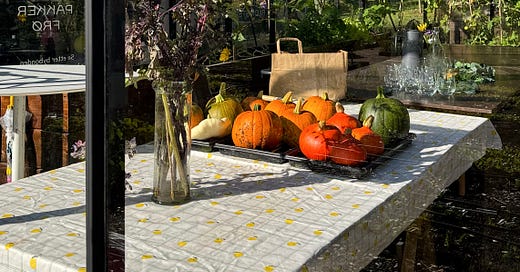



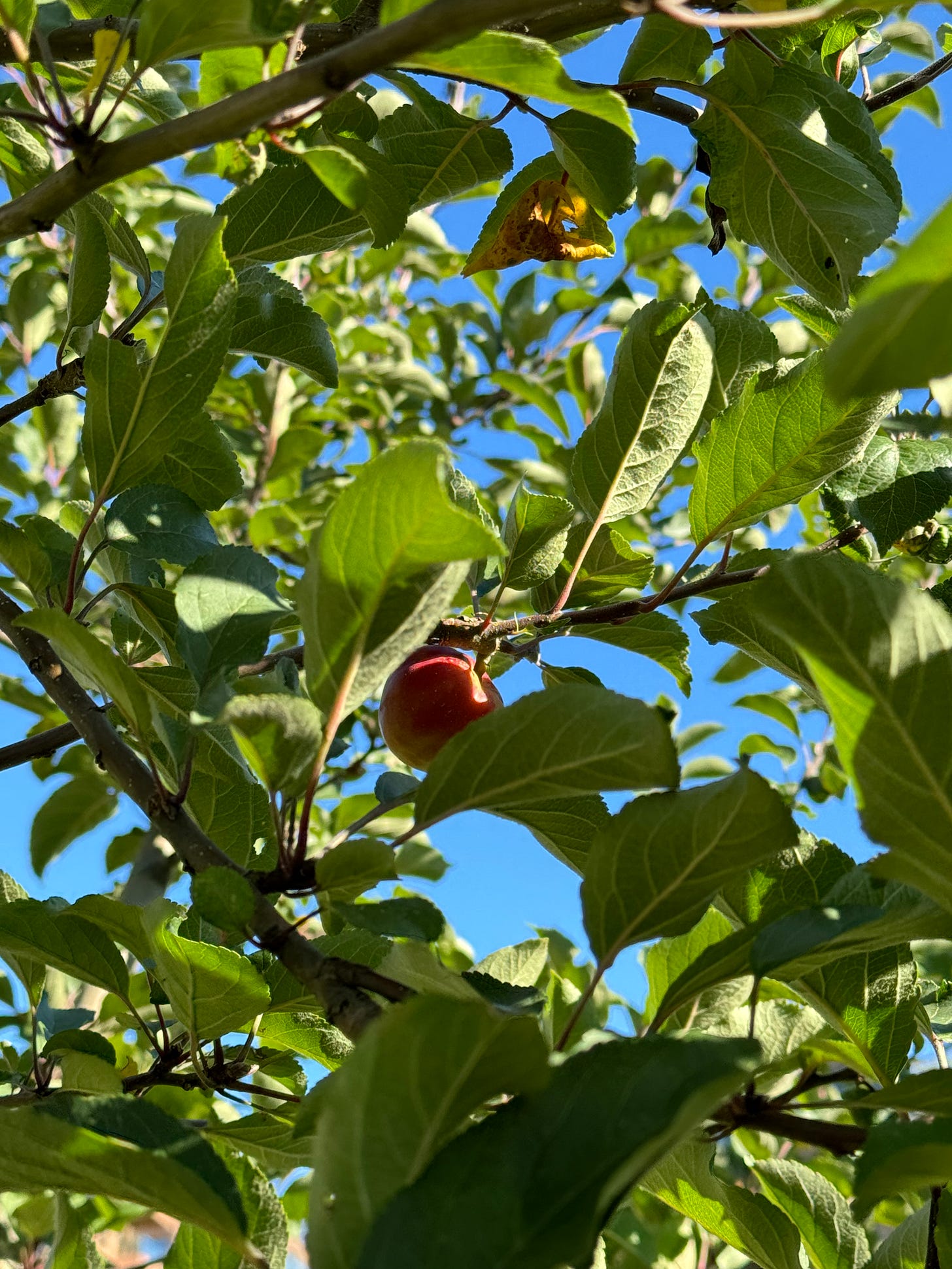


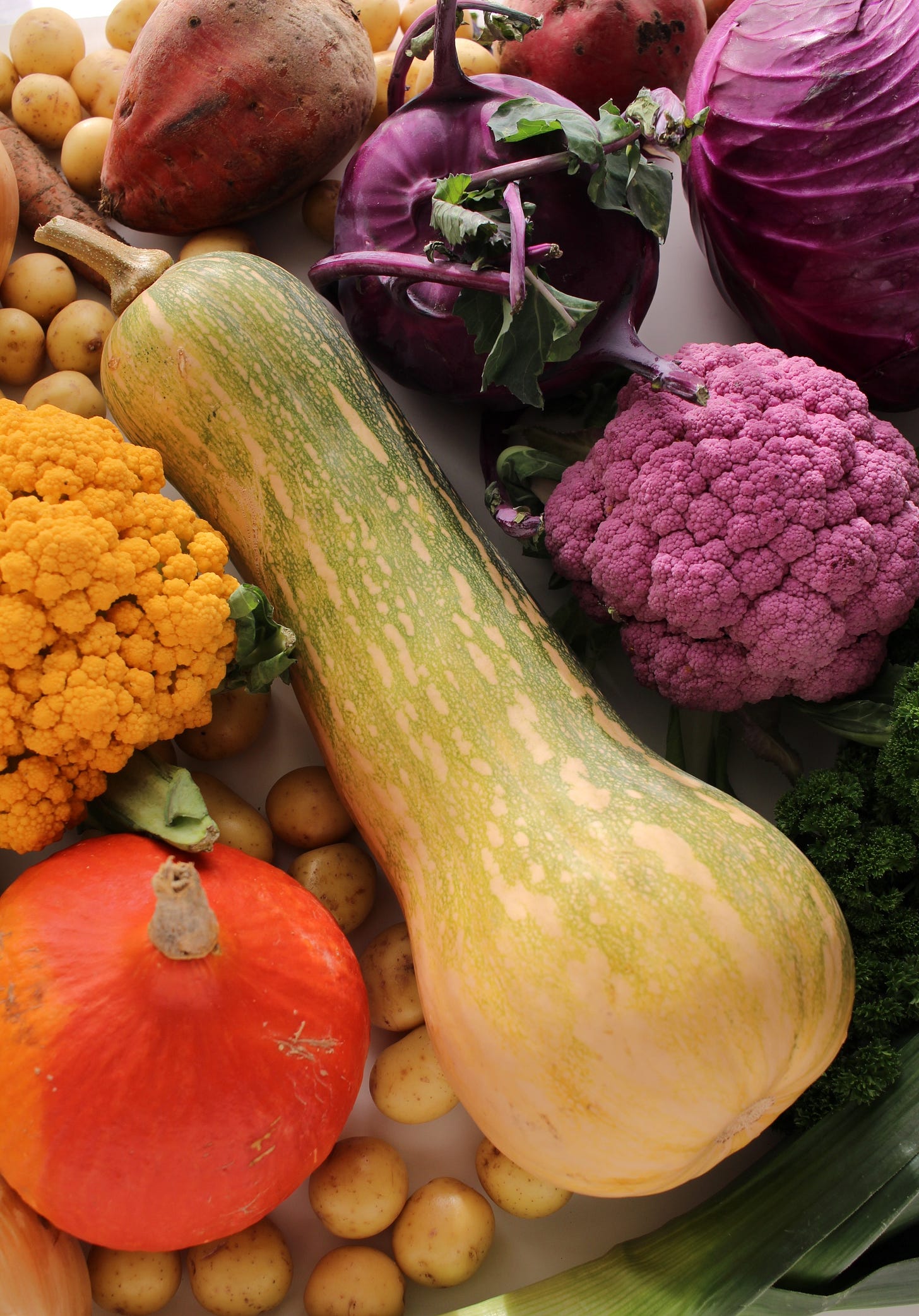
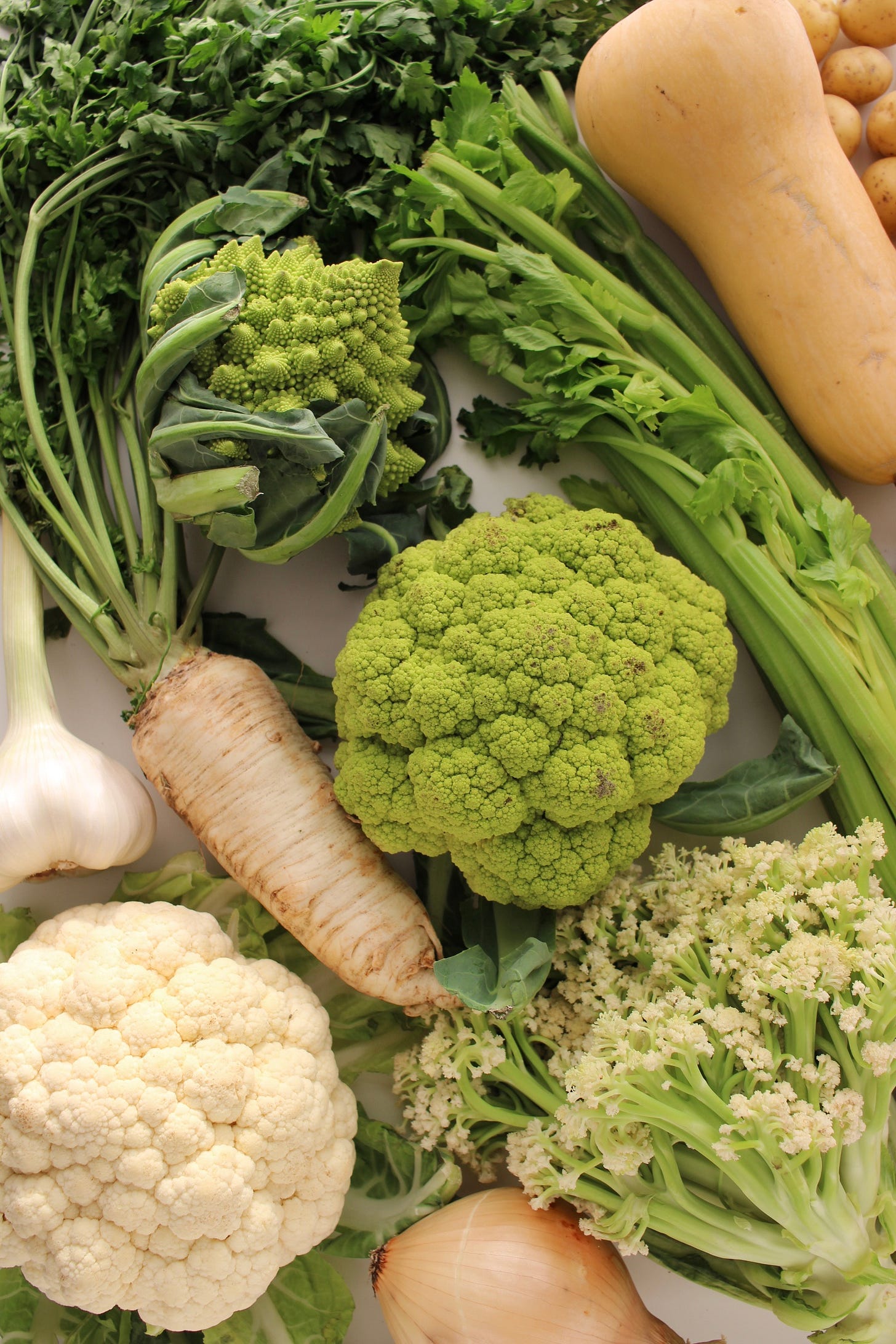

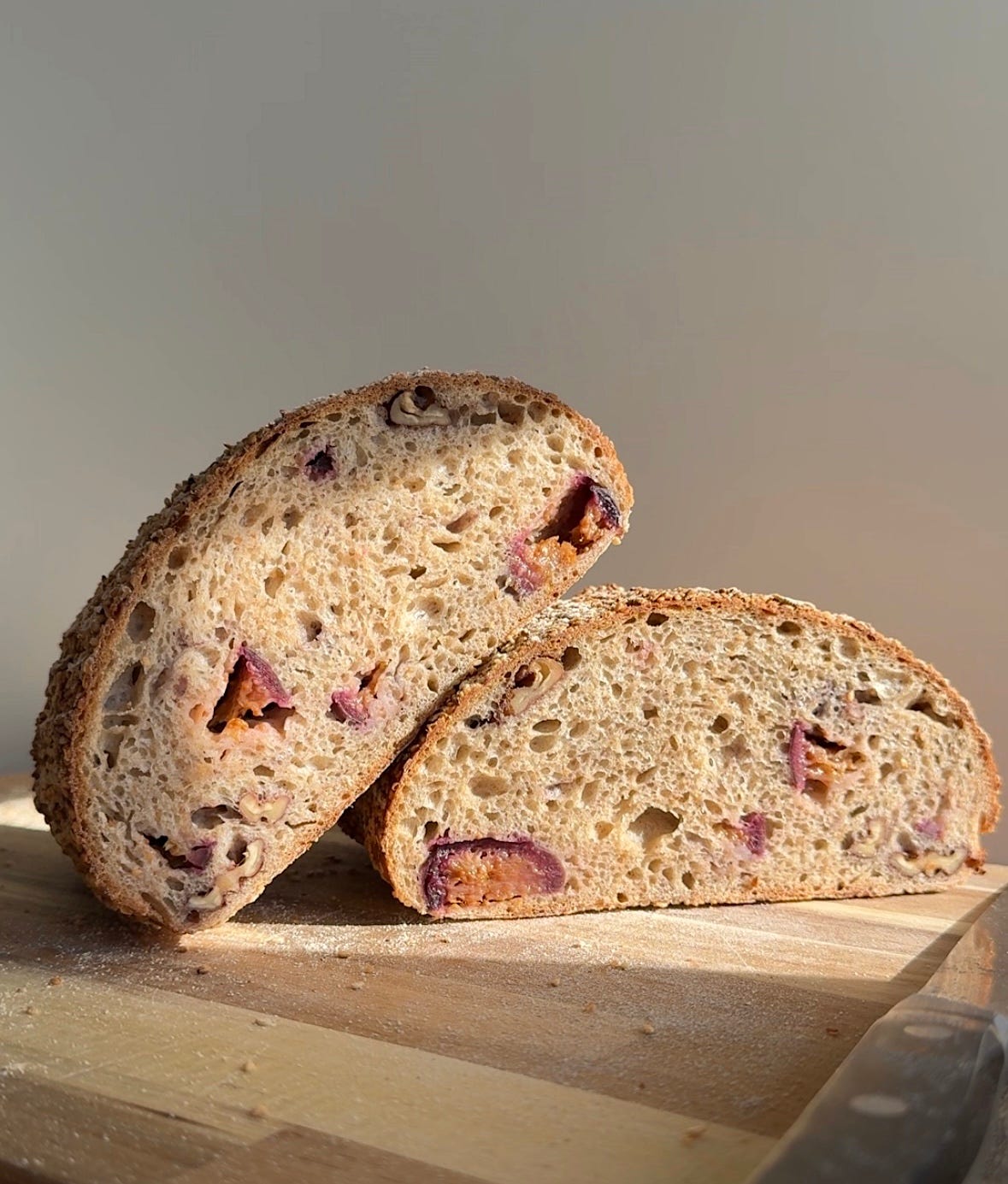
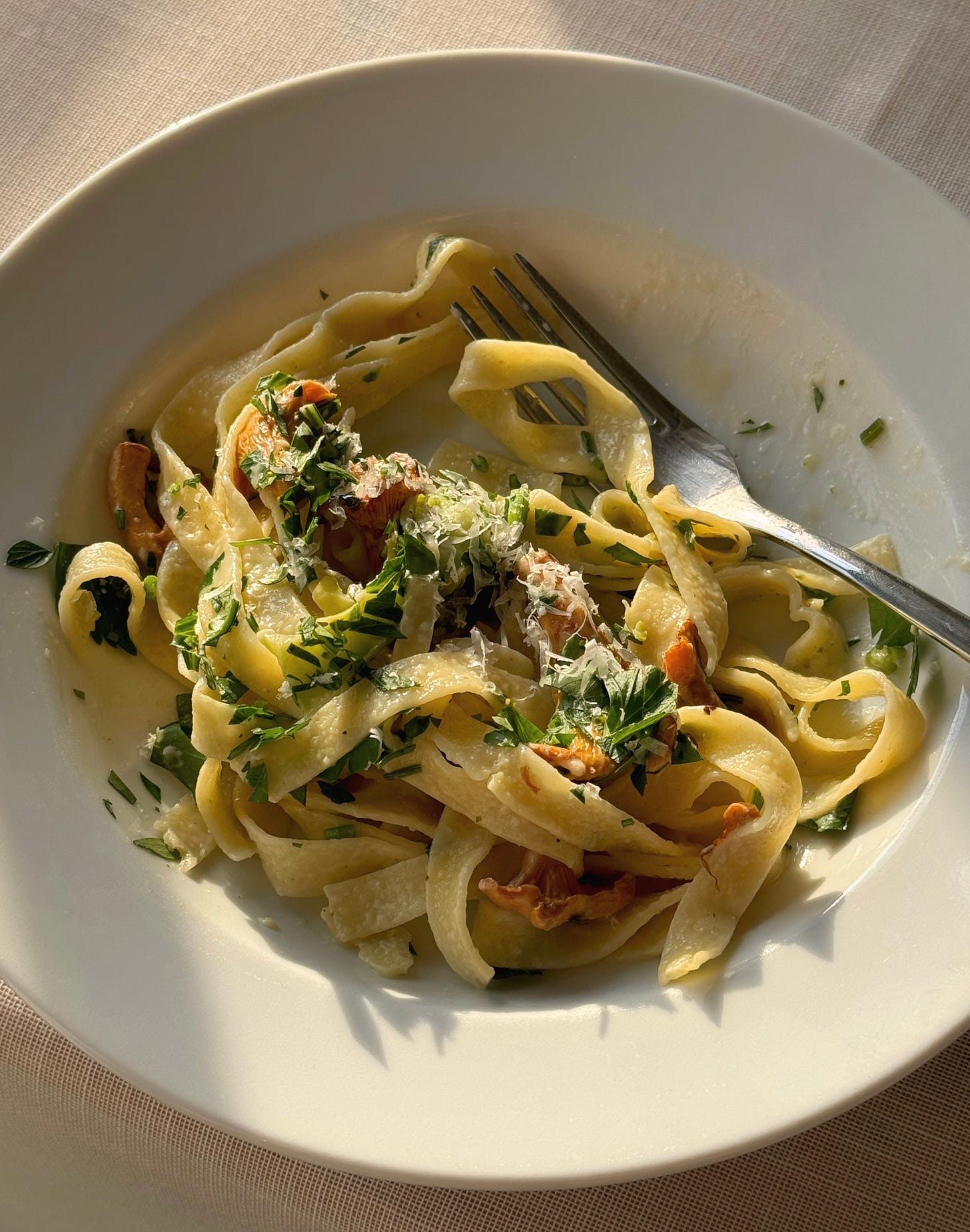

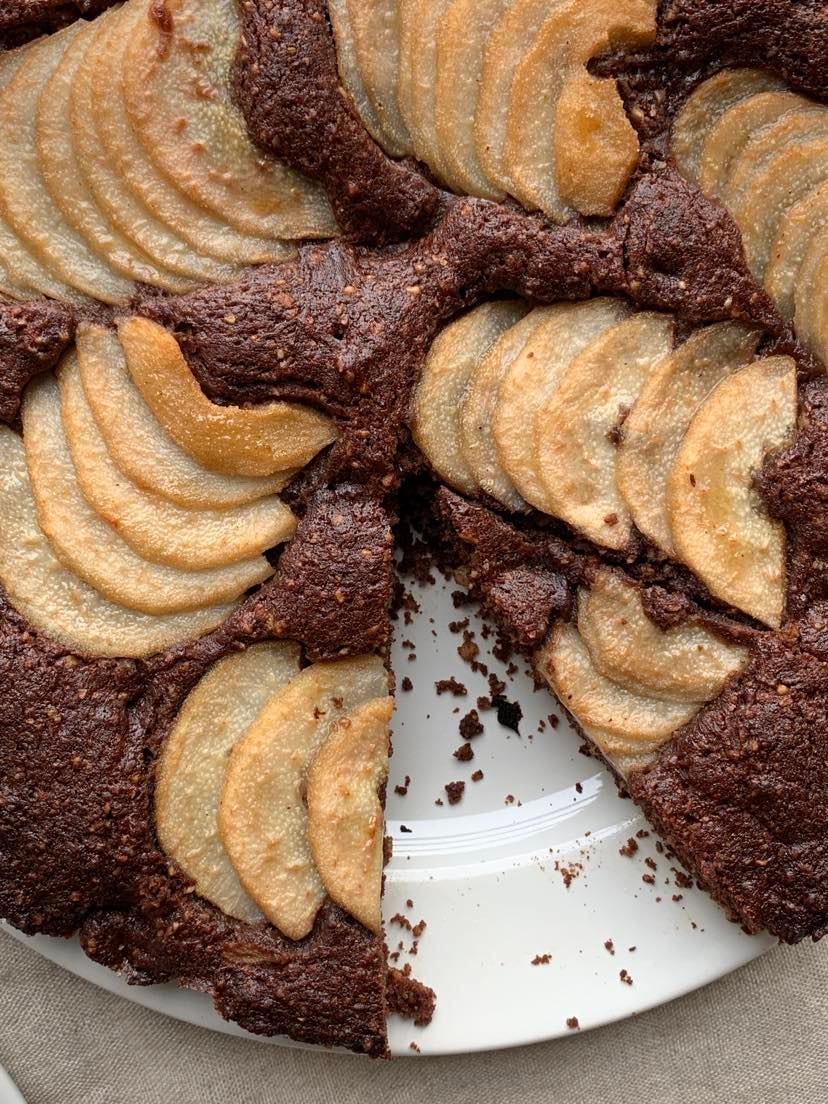
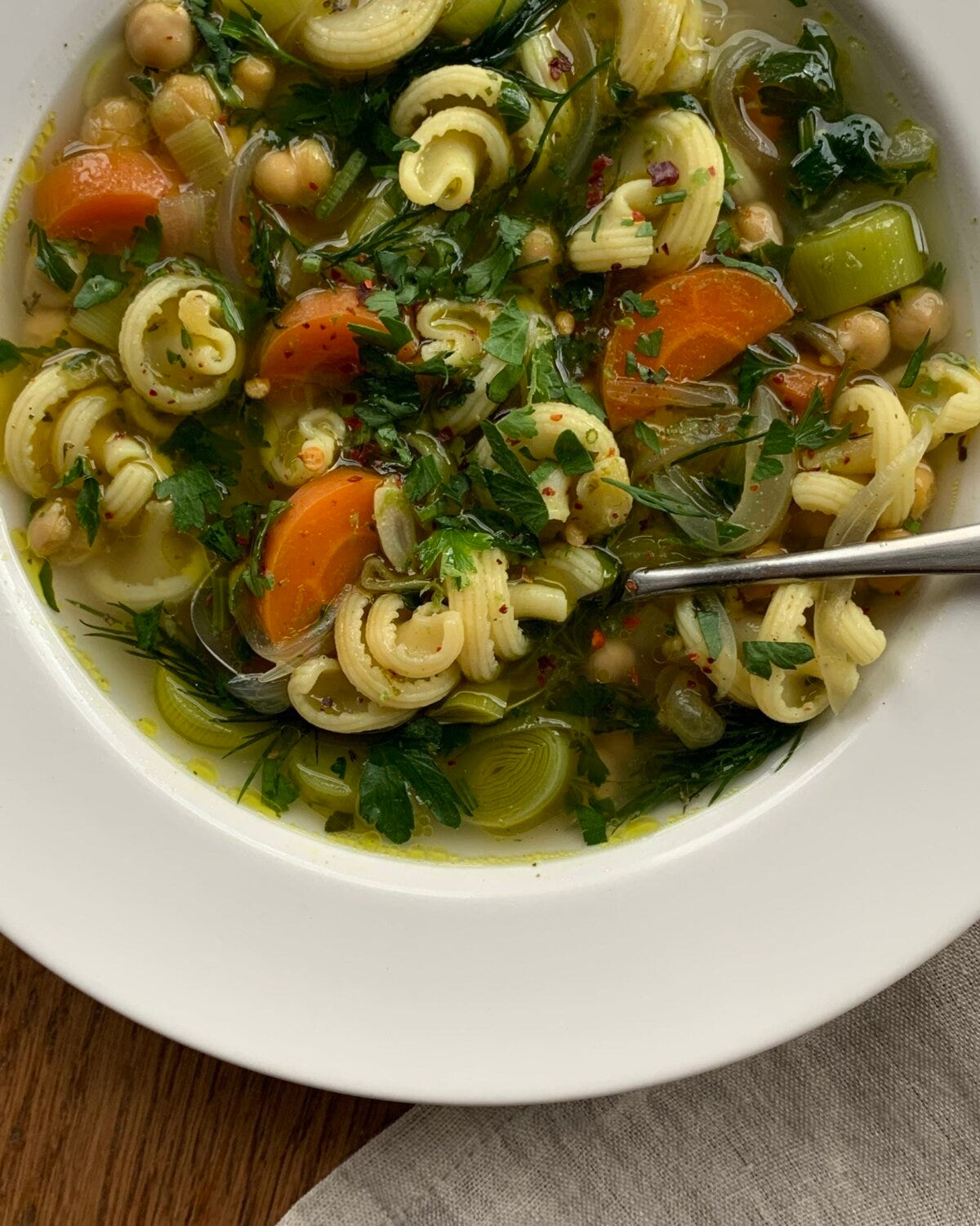

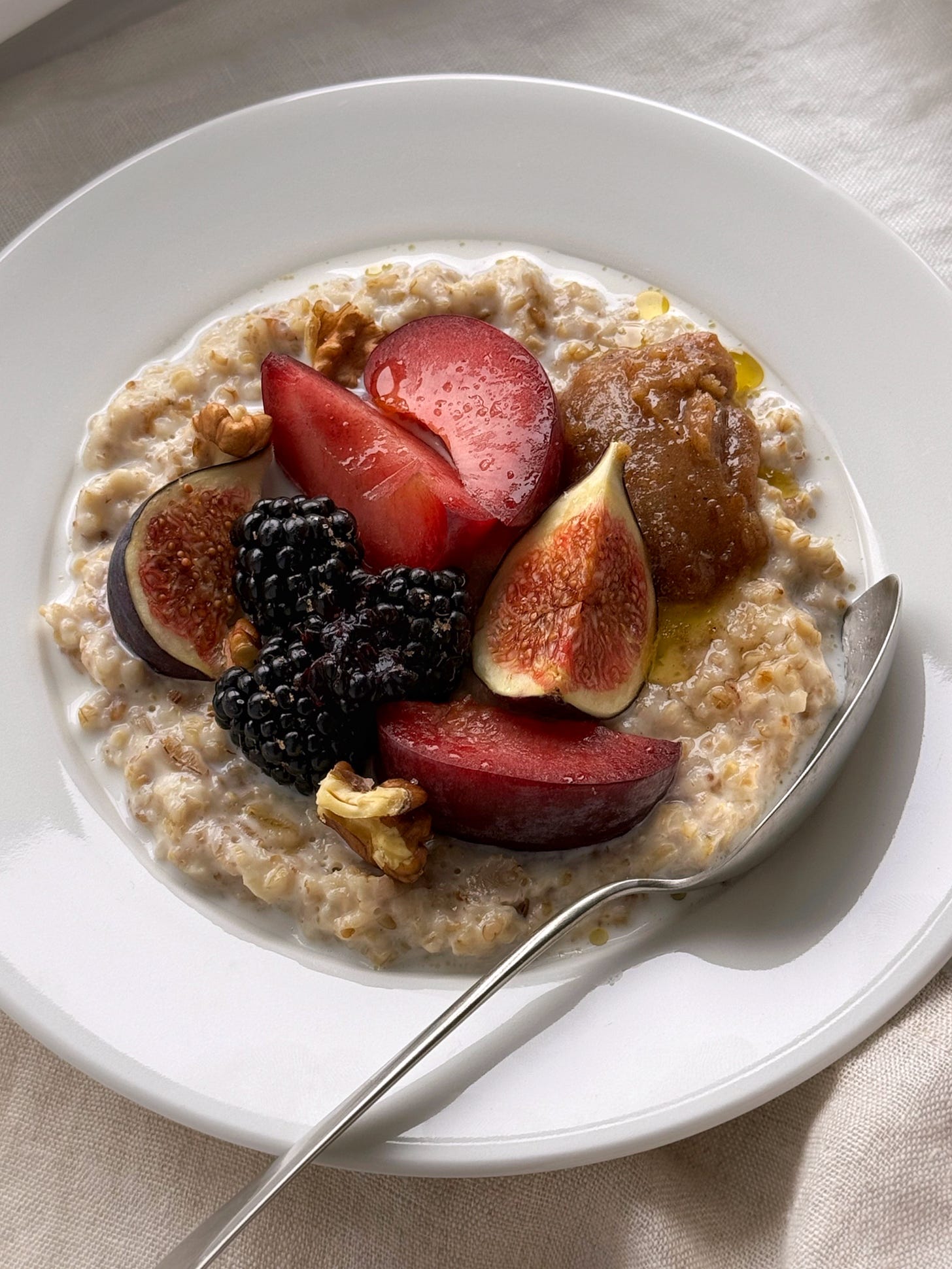

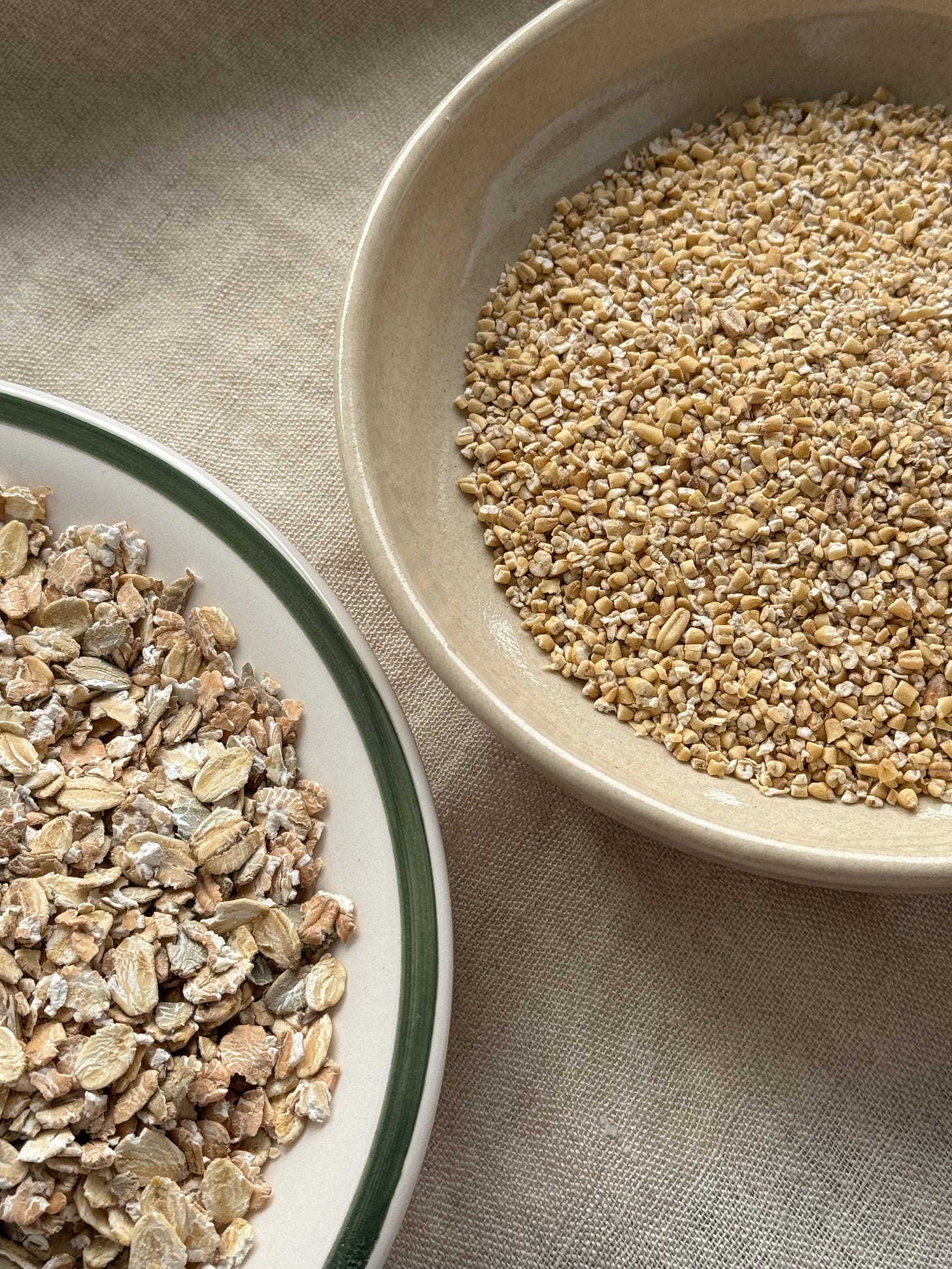




Looking forward to more autumn posts!
After reading this, I love autumn even more, Simone!